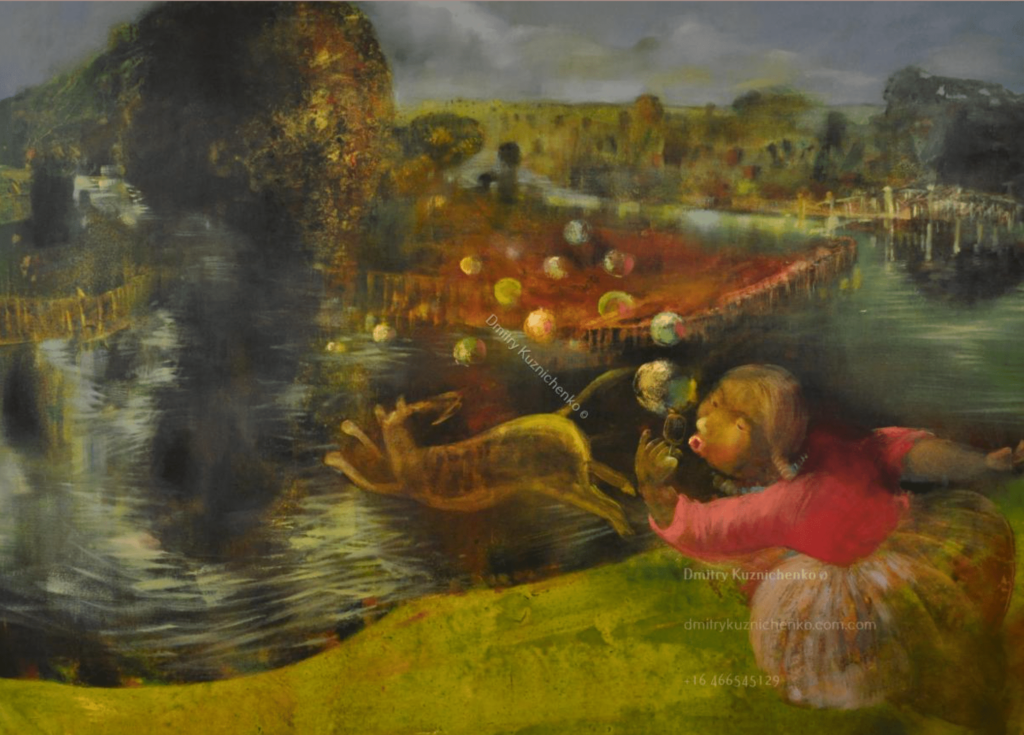The Cooks River holds a special place in my heart. I strongly feel that I grew up alongside its cluttered depths; elusively beautiful, in that sometimes it glittered blue and other times smelt like rubbish, I made some of my first ever friends at the Ewen Park playground which sits next to the river. My first birthday parties were had at the BBQ areas and picnic tables that were anchored alongside the river, and even my father, an artist, has painted extensively about exploring the Cooks River area as an immigrant.

That’s why I chose to reach out to the Cooks River Alliance. The Cooks River Alliance is run by all the councils who share the land with the Cooks River. They are an informational and educational resource for the community to become aware and up to date on the environmental issues the Cooks River has. They also run events and talks with notable community figures such as Ian Tyrell and Jennifer Newman, an Indigenous educator. The website also features extensive Indigenous oral histories and published research papers on the Cooks River Catchment’s Aboriginal History. I believe these resources will be a great starting point for me in capturing the legacy of the Cadigal and Wangal peoples who were the first inhabitants of the Cooks River.
Cooks River Alliance’s website also features a call to action to help the river with ‘ten ways you can lower the environmental degradation of the Cooks River’, as well as multiple community groups you can join including the ‘Mudcrabs’ who do rubbish pick-ups along the river. Much to my dismay when I was growing, up my mother used to drag me to ‘Mudcrabs’ meetings. As I grew older though, I became to appreciate the community spirit and the practice of acting locally for the sake of global environmental change.
When I went onto the Cooks River Alliance’s website, however, I could feel a distinct lack of a page that details its historical roots. That’s why I felt that I could help them assemble a section of their website dedicated to the uses and community perception of the river over time.
I felt so blessed when Catarina Fraga Matos, the Cooks River Alliance’s Communications Project Officer, mirrored my enthusiasm and could see a need for displaying snapshots of the river’s history. We agreed on a live webpage that succinctly captures the history of the river, detailing how the community used and responded to the river over time.
It’s difficult in that there are already a few timelines of the river available online. I want to make mine unique in that it has multiple purposes: to educate, to inspire and to capture the attention of the viewer. Aesthetic awareness is important to me – so I hope to include an artistic element to the webpage. I would love to have a watercolour drawing of the river running down the page as you scroll, changing shape as you move over time and having new symbolic elements pop up as you continue, leading to more information.
It will be interesting to see how the project takes shape and whether I will be able to actualise what I envisage. I will end with Anna Clark’s sentiment which inspires what I want to capture in my project: “Place literally locates our individual and collective historical consciousness in the world around us. Family, community and national narratives are bound by the places in which they play out.”[1]

https://issuu.com/canterburylib/docs/earlwoods_past/43
[1] Anna Clark, Private Lives, Public History (MUP, 2016), p. 117.
